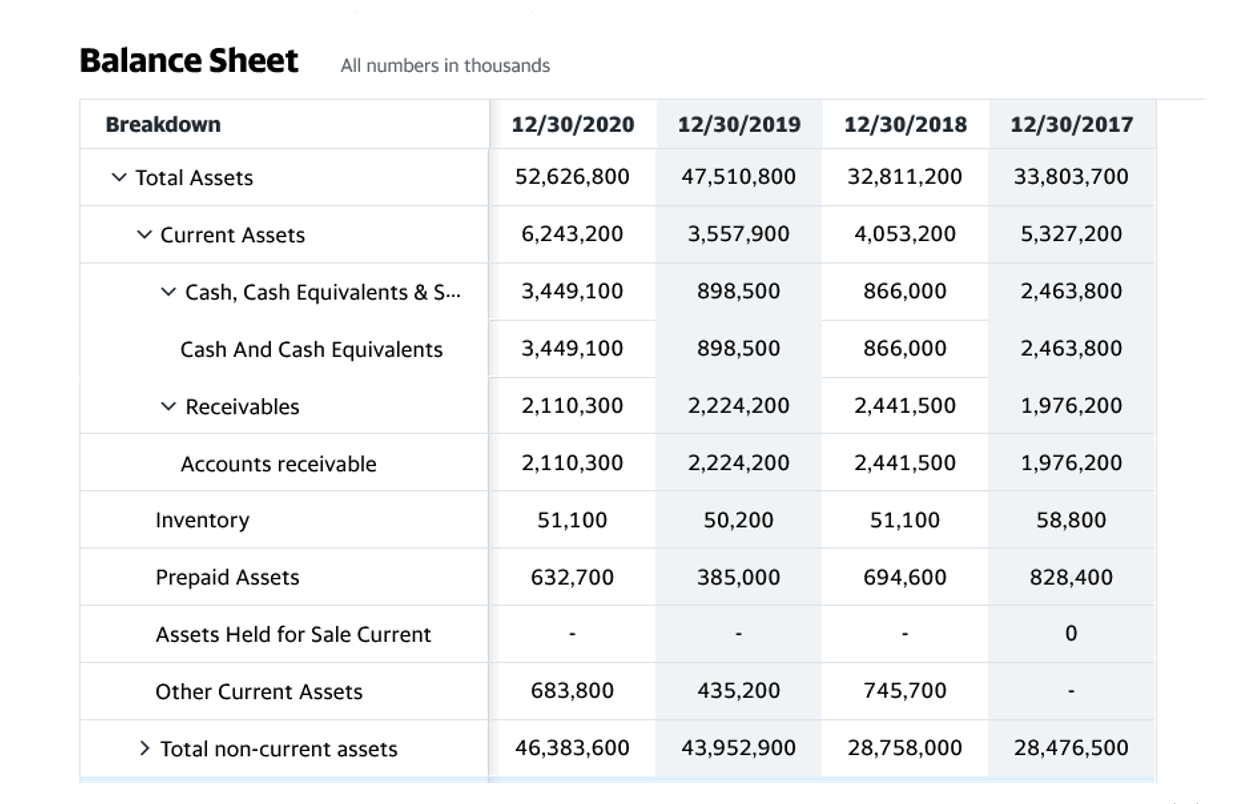
If you do choose to calculate your debt-to-asset ratio, do so on a regular basis so you can track any increases or decreases in your number and act accordingly. Another issue is the use of different accounting practices by different businesses in an industry. If some of the firms use one inventory accounting method or one depreciation method and other firms use other methods, then any comparison will not be valid. A company with a lower proportion of debt as a funding source is said to have low leverage. A company with a higher proportion of debt as a funding source is said to have high leverage.
Table of Contents
What Is EBITDA?
A higher debt-to-total-assets ratio indicates that there are higher risks involved because the company will have difficulty repaying creditors. The process of paying off debt is often described as a journey, and journeys tend to contain valuable lessons. For example, if you owe $15,000 on the credit card after the balance transfer and the 0% APR period is 15 months, you’d have to pay $1,000 per month to zero out the debt before the term expires. Always make at least your minimum payment each month by your statement’s due date. If you miss a credit card payment, not only could your credit score take a hit, but you could also get stuck with late fees and penalty APRs. Bankrate’s free CardMatch tool can quickly match you with credit card prequalification offers without affecting your credit score.

Real-World Example: Apple, Microsoft, and Tesla

For creditors, a lower debt-to-asset ratio is preferred as it means shareholders have contributed a large portion of the funds to the business, and thus creditors are more likely to be paid. The biggest takeaway is that most company debt is a loan the shareholders give the company, and the company “must” repay that loan, plus interest. debt to asset ratio The company turns around and uses that loan (debt) to reinvest in the company to grow it. We can use the debt-to-asset ratio to measure the amount or percentage of debts to assets. In this case, the company is not as financially stable and will have difficulty repaying creditors if it cannot generate enough income from its assets.
How can you lower your credit utilization ratio?
Our dynamic Credit Card Payoff Calculator will help crunch the numbers to give you a clearer picture. Reducing your credit utilization ratio is an excellent way to boost your credit score. If you have a lot of high balances and late payments on your record, don’t worry — it’s still possible to turn your credit score around.
One example is the current ratio, which is a fraction of current assets over current liabilities. The formula to calculate the debt ratio is equal to total debt divided by total assets. Because a ratio greater than 1 https://www.bookstime.com/ also indicates that a large portion of your company’s assets are funded with debt, it raises a red flag instantly. It also puts your company at a higher risk for defaulting on those loans should your cash flow drop.
Do you already work with a financial advisor?
They may also evaluate your creditworthiness using different metrics. For businesses, one of those metrics is the debt-to-asset ratio, and for individuals, the debt-to-income ratio. This makes it challenging for any firm that compares multiple debt to assets ratios. It is crucial for them to get ratios based on similar metrics and processes so that the results are more relative to one another. Unfortunately it is not always easy for firms to ensure all debt to asset ratios are calculated the same.
Tesla (TSLA) LT-Debt-to-Total-Asset : 0.06 (As of Mar. 2024) – GuruFocus.com
Tesla (TSLA) LT-Debt-to-Total-Asset : 0.06 (As of Mar. .
Posted: Fri, 19 Apr 2024 12:06:10 GMT [source]

This metric can compare one company’s leverage with other companies in the same sector. The higher the percentage, the greater the leverage and financial risk. Mr. Arora is an experienced private equity investment professional, with experience working across multiple markets. Rohan has a focus in particular on consumer and business services transactions and operational growth. Rohan has also worked at Evercore, where he also spent time in private equity advisory.
- The debt to total assets ratio describes how much of a company’s assets are financed through debt.
- In particular, those looking to buy more than one or two investment properties — those who want to scale their real estate portfolios — make great borrowers for DSCR loans.
- For example, when you borrow from Visio or Lending One, they don’t ask you for your pay stubs or calculate your debt-to-income ratio.
- Companies can use this ratio to generate investor interest, create profit and take on further loans.
- This site does not include all financial companies or all available financial offers.
Once you have these figures calculating through the rest of the equation is a breeze. If debt to assets equals 1, it means the company has the same amount of liabilities as it has assets. A company with a DTA of greater than 1 means the company has more liabilities than assets.
Companies can generate investor interest to obtain capital, produce profits to acquire its own assets, or take on debt. For companies with low debt to asset ratios, such as 0% to 30%, the main advantage is that they would incur less interest expense and also have greater strategic flexibility. It becomes reliable when combined with other ratios and compared with the industry average. In the case of a lower debt-to-asset ratio, the company signals that its asset side is much more than its liabilities side. This gives the small-scale company financial flexibility in terms of aggressively expanding its business.
- On the other hand, a change in total assets will lead to a change in the debt-to-total asset ratio in the opposite direction, either positive or negative.
- The key is to understand those limitations ahead of time, and do your own investigation so you know how best to interpret the ratio for the particular company you are analyzing.
- He’s recently been worried about the finances of the organization as he prepares to apply for a loan extension.
- Note, however, that the calculation above doesn’t take into account the one-time upfront balance transfer fee that you’ll likely owe.
- Rohan has a focus in particular on consumer and business services transactions and operational growth.
